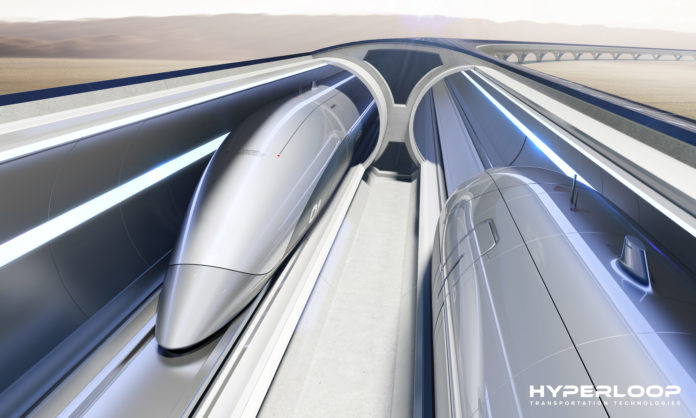By: Nick Gambino
While we’re still pretty far off from traveling between major metropolitan cities in a matter of minutes, a recent Hyperloop test broke the previously held speed record before the integrity of the pod gave out under the intense speeds.
The record-breaking test and subsequent explosion occurred at the 2019 SpaceX Hyperloop Pod Competition, where students smarter than me launched their own prototype pods through a tunnel stretching 1.2 km (3/4 mile).
TUM Hyperloop (previously known as WARR Hyperloop) hit a staggering 288 MPH, breaking its own previous record by 4 MPH before it exploded in the tunnel.
“Team @TUM_Hyperloop just hit a top speed of 288 mph – congratulations on winning the 2019 Hyperloop Pod Competition,” Hyperloop’s official Twitter post read.
And while breaking a record is progress, a mere 4 MPH improvement in a year doesn’t inspire much hope for the originally envisioned 700+ MPH speeds this transportation system of the future promises to provide.
On top of that, the TUM Hyperloop pod is only 1.7 meters long which is far smaller than any passenger pod would have to be. So again, we’re still in the infancy stage of the Hyperloop.
Perhaps anticipating the lack of faith this news might incite, Elon Musk tweeted out what we should hope to see at next year’s competition.
Next year’s @Hyperloop competition will be in a 10km vacuum tunnel with a curve
— ln(e) (@elonmusk) July 22, 2019
“Next year’s @Hyperloop competition will be in a 10km vacuum tunnel with a curve,” Musk stated in his tweet.
Increasing the distance of the tunnel would presumably (and I’m using common sense here, but there’s probably science to back this up) allow pods to gain more speed. Though, the fact that the top pod from this year exploded at 288 MPH doesn’t suggest that the lack of tunnel distance is the problem right now.
Adding a curve to the tunnel adds a more real-world variable to the tests which will probably add its own challenges that these teams will have to overcome.





